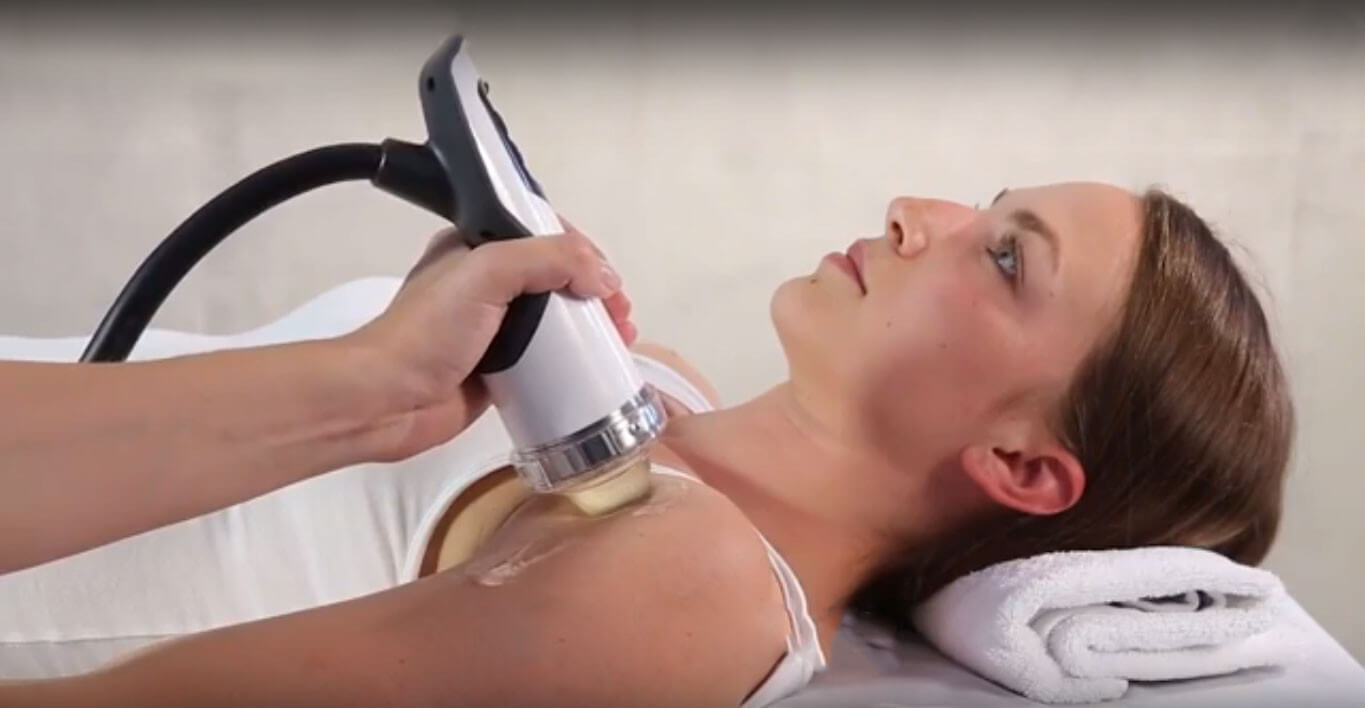Whether you are suffering from chronic pain or an acute injury, you want to recover as quickly as possible so you can get back to your normal daily activities. One exciting therapy that is helping thousands of patients to heal and restore full function is ESWT, or extracorporeal shock wave therapy. ESWT is a non-invasive treatment that has been shown to accelerate tissue repair and increase bone density.
ESWT was discovered by urologists using lithotripsy, a type of shock wave therapy, to break up and disperse patients’ kidney stones. They discovered that patients who had the kidney stone procedure also experienced increased bone density and new tissue growth as a result of lithotripsy treatment.
The benefits of shock wave therapy were soon explored for other applications. In a study sponsored by the Food and Drug Administration (FDA), patients suffering from chronic plantar fasciitis saw an average reduction in pain of 92% after only one ESWT treatment.
“Extracorporeal” simply means that the treatment is performed outside the body, without injections or incisions, eliminating the risks and expenses of invasive treatments that are often only marginally effective. Moreover, ESWT is an outpatient treatment that requires no lengthy recovery period or time off from work, and carries no risk of causing further damage.
During an ESWT session, the patient is placed in a comfortable position, with the injured area resting on a soft water-filled membrane. A local anesthesia may be used to minimize discomfort. The technician will then use an ultrasound scan to view and target the damaged area. The area is then treated with shockwaves, which are intense, very short energy waves that travel faster than the speed of sound.
ESWT produces ultrasonic waves of energy that, when transmitted into tissue, have a profound effect on reducing pain and stimulating healing. ESWT has two levels of transmission, low energy and high energy. Low energy waves have an analgesic effect by disrupting cell membranes, reducing the patient’s pain.
When high energy waves comes in contact with damaged tissue, they cause a direct biological reaction by increasing blood flow to the area, and initiating a reparative response. Application of high energy waves stimulates the production of fibroblasts—cells in connective tissue that produce collagen and other fibers—and the growth of new healthy tissue.
Although its uses are varied, ESWT is particularly effective in treating injuries where connective tissue attaches to bone. Attachment points of ligaments and tendons in the shoulder, elbow, hip, knee, ankle and foot all respond well to ESWT.
Common conditions treated with ESWT include:
- Rotator cuff shoulder pain
- Tennis elbow
- Tendinitis at the hip and knee
- Calcium deposits
- Achilles tendinitis and tendinosis
- Plantar fasciitis
- Muscle and joint injuries
- Morton’s neuroma
- Stress fractures
- Slow-healing bone injuries
ESWT works especially well for chronic injuries that do not appear to be getting better after an extended period of time. The procedure seems to be able to jump-start the healing process, restoring it to an active phase of healing.
ESWT is one of the most effective non-invasive treatments approved by the FDA. Because the procedure is non-invasive, risks are minimal, and ESWT is frequently recommended as an alternative to surgery.
The trained specialists at NYDNRehab have performed thousands of ESWT procedures for connective tissues throughout the body, with exceptional results, We use real-time diagnostic ultrasound to target the site of injury, and follow up with comprehensive rehabilitation programs like eccentric strengthening exercises and correction and retraining of movement mechanics. Our goal is to restore you to full function, so you can return to the activities you love.


























































